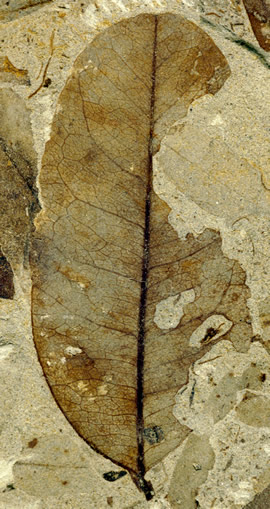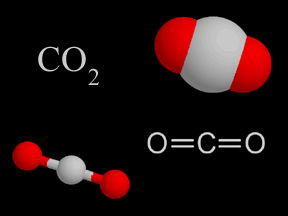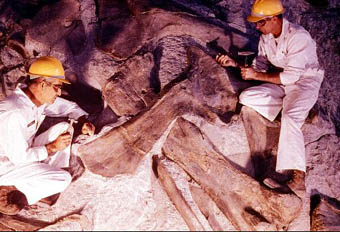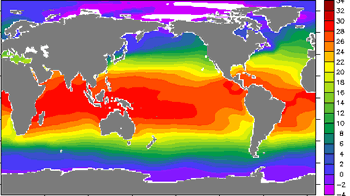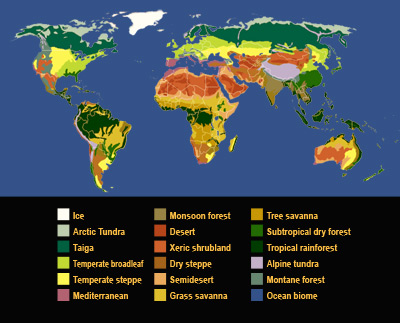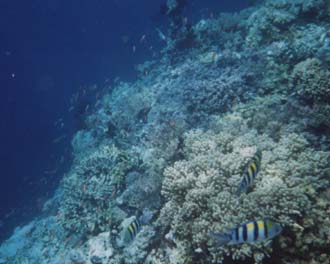Click on image for full size
Courtesy of Ellen Currano
Fossil Record Suggests Insect Assaults on Foliage May Increase with Warming Globe
News story originally written on February 11, 2008
More than 55 million years ago, the Earth experienced a rapid jump in global carbon dioxide levels that raised temperatures across the planet. Now, researchers studying plants from that time have found that the rising temperatures may have caused insects to eat more plants. As today's temperatures on Earth continue to rise, the researchers believe there could be more damage to crops and forests.
Ellen Currano, the lead scientist of this study, said that there is a link between temperature and insect feeding on leaves. "When temperature increases, the diversity of insect feeding damage on plant species also increases," she said.
Scientists collected fossils for this study, including more than 5,000 fossil leaves. They collected fossil leaves that were alive before, during, and after a time when the Earth's temperature became very hot. This period was called the Paleocene-Eocene Thermal Maximum (PETM).
The researchers found that the plants from the PETM period were much more damaged than fossil plants before and after that period. This means that the insects living during that time quickly responded to a major change in the climate. When the temperature became warmer, insects from the tropics migrated north to feed on plants in different areas.
On the Earth today, insects in the tropics eat more plants, and warming temperatures are causing them to widen the range of where they live. Food webs that involve plant-eating insects affect as much as three quarters of organisms on Earth. Researchers believe that the current increase in temperature could have a very large impact on present ecosystems, and potentially to crops, if the same thing happens with insects in the future that happened during the PETM period. What these scientists have learned about climate change in the past will help people prepare for the effects global warming in the future.


